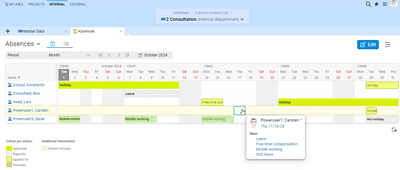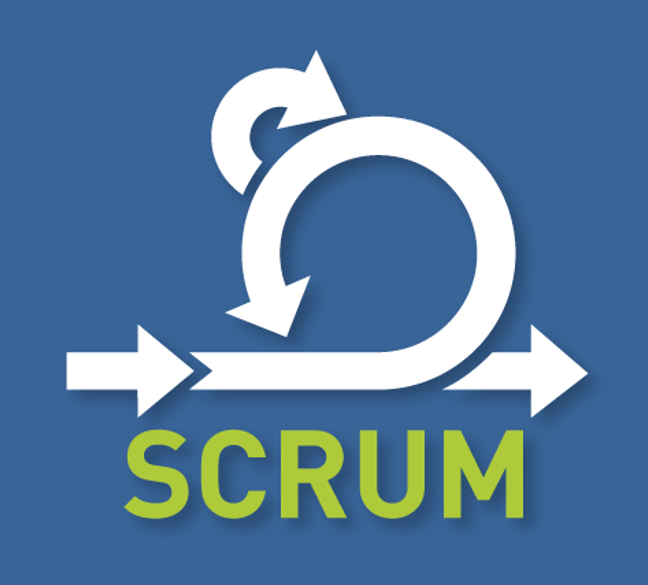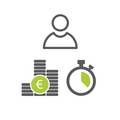A team of developers at a software development company is tasked with completing a software project to develop a new CRM system for a customer. It sets itself targets in terms of both effectiveness and efficiency:
In this case, the effectiveness goal is to create a CRM system that meets the customer's requirements. An effective solution would precisely address the customer's needs and achieve the intended results. The finished CRM system contains all the required functions. The customer is satisfied with the result. The development company benefits from customer satisfaction, positive reviews and referrals.
The efficiency goal is to make optimum use of the given resources in order to achieve the result. It is efficient if the development team can meet the customer's requirements within a reasonable time frame and with minimal resources. The team uses agile methods such as scrum and tools to speed up the development process, make optimum use of the team members' working time and not exceed the project budget. The customer benefits from faster delivery and lower invoices. The development company benefits because it can satisfy more customers in less time.

























